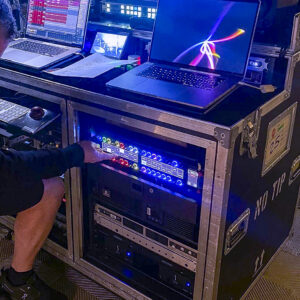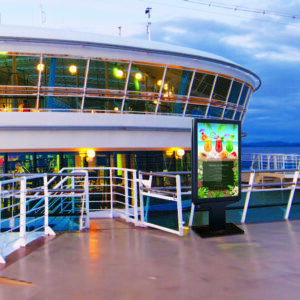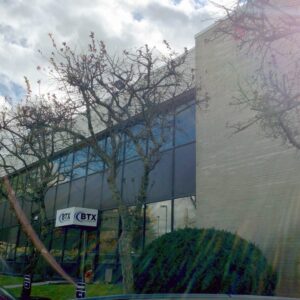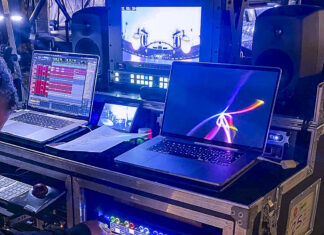By Robert Bach, Director, Product Strategy – Digital Workplace at Crestron
It’s hard to believe it’s been over a year since the pandemic hit. This was the time when offices worldwide were forced to close their doors and transition to a remote workforce. Of course, as we look back, COVID-19 lockdowns were the catalyst that accelerated the move to remote or agile work. In recent months, businesses around the globe have been ideating around a hybrid workplace model that will offer employees unprecedented flexibility through a blended approach. And now it looks as though it’s here to stay.
Companies that were early adopters of the agile workspace were met with some challenging perceptions that included workspaces that were being viewed as too sterile or lacking in personality. When combined with a hybrid workforce, employees are more apt to embrace agility in the workplace because they retain that missing personalization that comes with remote work options. Remote work becomes an effective enticement to attract and retain top-notch talent; businesses are now implementing flexible work policies more ubiquitously. In fact, a recent survey conducted by Microsoft has uncovered that “over 70 percent of workers want flexible remote work options to continue, while over 65 percent are craving more in-person time with their teams.” This dichotomy is not contradictory but represents the challenge we have to build spaces that both draw employees in yet are flexible enough to support an agile workforce.
It goes to show that in order to deliver the most effective and safe hybrid work environments, business leaders must reimagine their office spaces and meeting rooms must be designed as open collaboration spaces. In addition, implementing new and advanced technology will be critical in enabling employees to perform their job duties efficiently, as well as to support social distancing and touchless interaction. The data doesn’t lie; the post-pandemic workplace will need a total makeover for it to succeed. Workers will be attracted to the companies that do this best and will be repelled from those who fail to adapt. We must design value into the office workspace that compels our employees to participate.
For remote employees, their home office set-up must offer a productive environment to effectively support their job responsibilities. A consistent experience is key in order to be able to get the day going. They will also need to be equipped with solid work from home technologies, such as home conferencing systems, mics, speakers, cameras, and headsets, to name a few. And for the hybrid employee, it is critical to deliver a safe and seamless in-office experience. That said, companies must offer technologies that enable touchless contact, social distancing, and can be leveraged from their mobile devices.
Unified communications and building AI technology will become more ubiquitous than ever before. When the workforce could potentially be anywhere, it is necessary to measure location, performance, utilization, as well as ensure the facilities and desk spaces are optimized. This can be done through the use of sensors, smart building technology, and the production of empirical data to justify or validate the design and influence future designs. Additionally, cutting-edge technologies, such as QR codes, augmented reality-based wayfinding, touchless room control, digital signage, videoconferencing, room scheduling, cloud services, and mobile applications are also essential to create an optimal workplace experience.
In addition, the growing trend of “hot desking” is becoming a standard practice across many enterprises. However, one of the biggest problems with this new concept, aside from the loss of personal space, is that workers express issues finding a place to sit, knowing where key colleagues are, and wayfinding in general. Space booking solves the issues inherent in first-come, first-serve desks to allow guaranteed availability of them by department. Therefore, users can log-in from home to select their seat for the day or a range of days with an assurance of availability.
In order to pave the path forward, decision makers must adapt their workspaces in a way that enables maximum productivity and ensures the well-being of their employees. By optimizing the employee experience through agile design, exceptional technology, and superior office amenities, businesses can continue to thrive during these challenging times. The modern workplace will continue to grow and evolve, and we must always think 10 steps ahead to ensure employees are set up for success now and well into the future – whether they continue to work remotely, in-person, or a mix of both. Designing the best possible workplace experience for employees will result in a space that attracts them, and it will not only help optimize their in-office experience; it will help businesses flourish as well.









